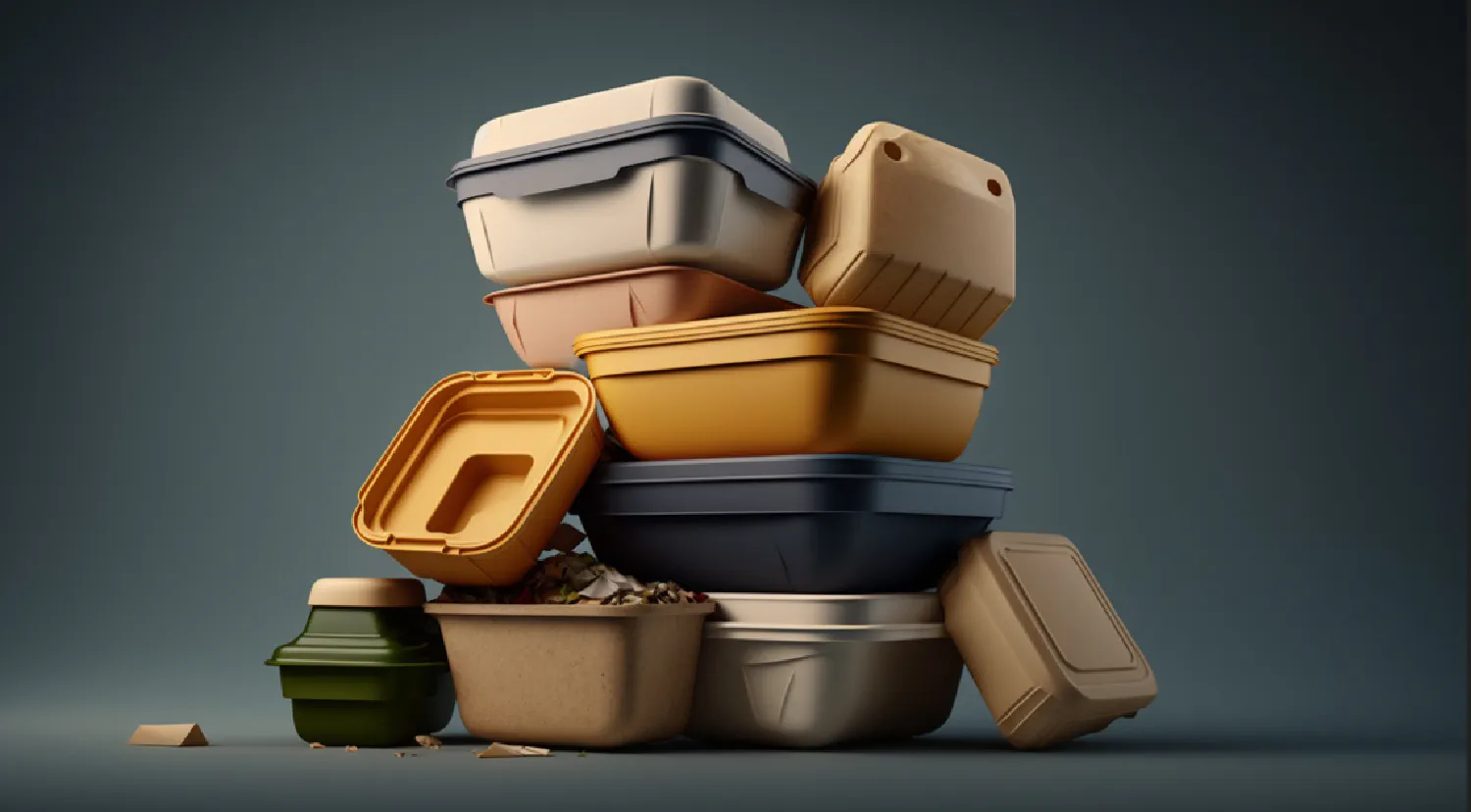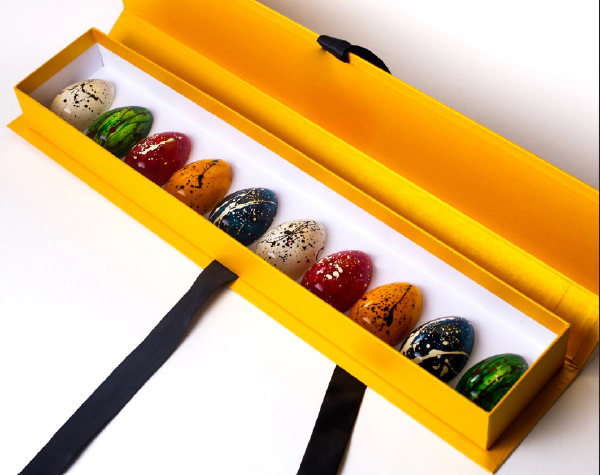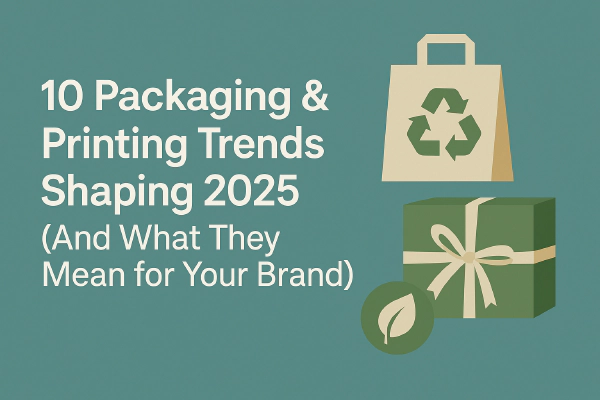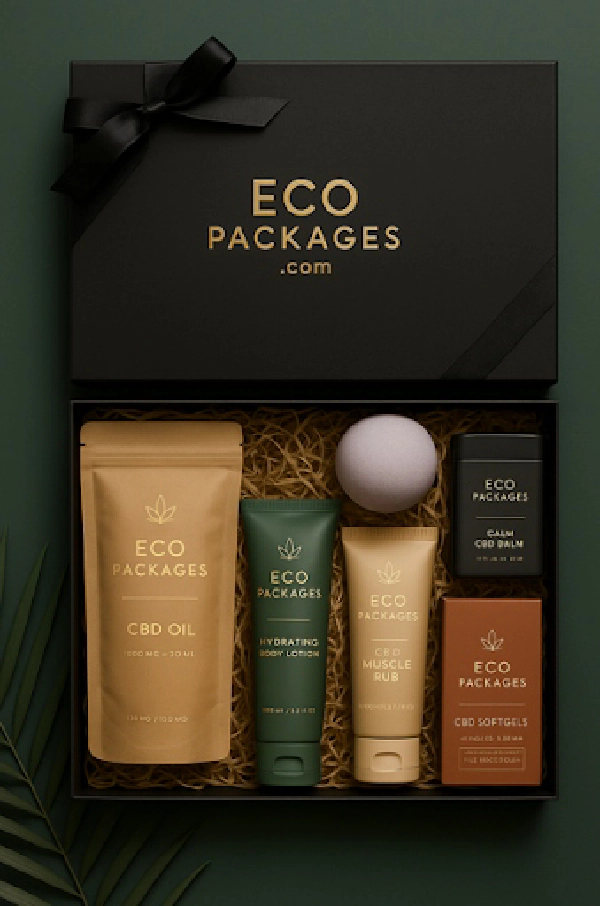Packaging Predictions 2030: The 2025 Starting Point
Executive Summary
By 2030, sustainable packaging will be the global standard, driven by new laws, consumer demand, and innovation.
Starting in 2025:
- Governments enforce stricter waste rules.
- Shoppers favor eco-friendly brands.
- Companies adopt plant-based materials, smart packaging, and AI-driven design.
Refillable systems, reusable shipping, and luxury brands embracing green solutions are no longer optional—they are the foundation for the future. Brands that act now will build trust, cut costs, and lead the industry of tomorrow.
Why 2025 Matters
The world produces 141+ million tonnes of plastic packaging waste each year.
Governments are introducing rules to reduce this, requiring packaging designed for waste reduction.
Meanwhile, consumers are pushing change:
- 73% of Gen Z prefer eco-friendly packaging.
- 60% are willing to pay more for it.
2025 is the tipping point—laws, tech, and consumer habits together will define packaging in 2030.

Key Predictions for 2030
1. Zero-Waste Packaging Becomes the Norm
- Single-use packaging replaced by refillable and returnable systems.
- Pilot projects (Loop, Coca-Cola refillables) prove scalability.
- 2025 starting point: More city-level refill stations for groceries, detergents, and personal care.
2. Plant-Based Materials Scale Up
- Packaging from mushrooms, seaweed, and corn plastics moves from labs to shelves.
- Competes with plastics in price + performance by 2030.
- 2025 starting point: Retailers (Walmart, Tesco) partner with biotech startups.
Creative reuse packaging ideas
3. Smart Packaging Becomes Standard
- Most packaging will include QR codes & smart tags.
- Provides data on origin, carbon footprint, and recycling.
- Fights greenwashing with transparency.
- 2025 starting point: Nestlé & Unilever embed QR codes for sustainability data.
Why smart packaging wins
AI-driven packaging insights

4. Luxury Packaging Goes Green
- Refillable perfumes, compostable mascara, recycled glass jars = luxury standard.
- 2025 starting point: Dior, L’Oréal launch in-store refill programs.
5. AI Cuts Waste in Design
- AI reduces material use, emissions, and improves personalization.
- 2030: AI becomes core to packaging innovation.
- 2025 starting point: AI-designed shipping boxes cut costs and waste.
6. E-Commerce Reduces Its Footprint
- Online shopping → $8T by 2030 = packaging waste surge.
- Compostable mailers, reusable shipping totes, right-size auto-boxing → mainstream.
- 2025 starting point: Amazon, Shopify pilot reusable shipping in select cities.
What Brands Should Do in 2025
- Test Next-Gen Materials: mushrooms, algae, biopolymers.
- Adopt Circular Models: refill & return systems.
- Use Transparency Tools: QR codes + digital passports.
- Educate Consumers: on why sustainable choices matter.
- Track & Report Impact: waste + CO₂ reduction metrics.
Explore more smart eco-packaging

The Future Is Built Today
By 2030, sustainability will be the baseline.
Brands that adapt in 2025 will:
- Lead with innovation.
- Build long-term consumer trust.
- Stay ahead of global regulations.
At Eco-Packages, we help businesses stay future-ready with customizable and scalable packaging solutions designed for the next decade.




